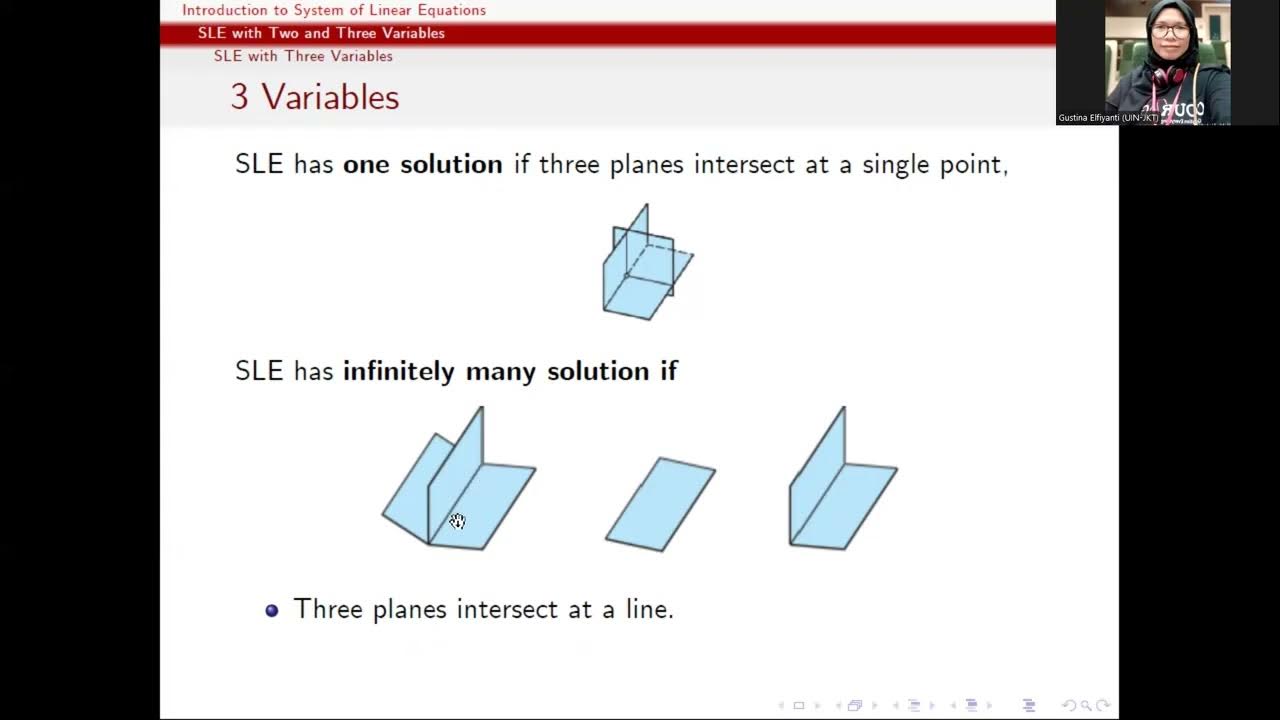Chemical Reaction Engineering - Lecture # 10: Elementary & Non-Elementary Rate Law
Summary
TLDRIn this lecture on chemical reaction engineering, the focus is on rate laws, exploring elementary and non-elementary systems. The video explains how reaction orders are linked to stoichiometric coefficients, with examples like reactions between A and B producing C. It further elaborates on irreversible and reversible reactions, detailing how the reaction rates vary under different conditions. Key topics include homogeneous and heterogeneous reactions, with an emphasis on gas-phase catalytic systems, where partial pressures and catalysts come into play. The lecture concludes with a preview of future discussions on reversible systems and their equations.
Takeaways
- 😀 The video focuses on chemical reaction engineering, particularly rate laws and different reaction types, including elementary and non-elementary systems.
- 😀 Elementary rate laws are based on the stoichiometric coefficients of reactants matching the reaction order in the rate law equation.
- 😀 Non-elementary rate laws occur when the reaction order does not match the stoichiometric coefficients, which is demonstrated with examples of reactions involving NO and oxygen.
- 😀 In elementary systems, the reaction rate can be written based on stoichiometric coefficients, as seen in the examples with reactions of A, B, and C.
- 😀 Reversible reactions involve both forward and reverse reactions, and their rate laws must include terms that account for the equilibrium constant.
- 😀 The rate law for reversible reactions includes products' concentrations in the denominator to reflect equilibrium dynamics.
- 😀 For non-elementary reactions, such as those involving multiple species or different reaction orders, the rate law may involve complex forms like those used for homogeneous or heterogeneous reactions.
- 😀 Heterogeneous systems, which involve catalysts, require the use of partial pressures instead of concentrations in rate law expressions, as shown in the toluene hydrogenation example.
- 😀 Gas-phase catalytic reactions require rate laws in terms of partial pressures, and the ideal gas law is used to convert these to concentration-based expressions for rate calculations.
- 😀 Reversible reaction rate laws must reduce to thermodynamic relationships at equilibrium, where the rate of reaction becomes zero, and the equilibrium constant can be expressed in terms of concentrations of reactants and products.
Q & A
What is the main topic of the lecture discussed in the video?
-The main topic of the lecture is Chemical Reaction Engineering, focusing specifically on Rate Laws, Elementary and Non-Elementary Systems, and Reversible Reactions.
What defines an elementary rate law in chemical reactions?
-An elementary rate law is defined when the stoichiometric coefficients of the reactants match the reaction orders of each species in the rate law.
Can you give an example of an elementary rate law?
-An example is the reaction A + B → C, where the rate law is -rA = k[C][B], with the stoichiometric coefficients of A and B being 1, matching the reaction orders in the rate law.
How does a non-elementary rate law differ from an elementary rate law?
-A non-elementary rate law occurs when the stoichiometric coefficients do not match the individual reaction orders for the species in the rate law.
What is the rate law for the reaction A + B → C if it follows an elementary system?
-For an elementary system, the rate law would be -rA = k[A][B], with the order of A and B both being 1, as per their stoichiometric coefficients.
What is the significance of the equilibrium constant in reversible reactions?
-The equilibrium constant in reversible reactions indicates the ratio of concentrations of products to reactants at equilibrium, and it influences the rate law by adjusting the balance between the forward and reverse reactions.
What happens to the rate law in reversible reactions compared to irreversible ones?
-In reversible reactions, the rate law accounts for both the forward and reverse reactions, adding terms for the concentration of products divided by the equilibrium constant, while in irreversible reactions, only the forward reaction is considered.
What does the term 'non-elementary rate law' imply about the reaction order?
-A non-elementary rate law implies that the overall reaction order is not simply the sum of the stoichiometric coefficients, and the individual orders of the species may differ from their stoichiometric coefficients.
What role do catalysts play in heterogeneous reactions?
-In heterogeneous reactions, catalysts facilitate the reaction by providing a surface for the reaction to occur, and the rate law is expressed in terms of partial pressures instead of concentrations.
How is the rate law affected in a gas-phase catalytic reaction?
-In a gas-phase catalytic reaction, the rate law involves the partial pressures of reactants and products, and includes an adsorption constant to account for the interaction between reactants and the catalyst surface.
Outlines

This section is available to paid users only. Please upgrade to access this part.
Upgrade NowMindmap

This section is available to paid users only. Please upgrade to access this part.
Upgrade NowKeywords

This section is available to paid users only. Please upgrade to access this part.
Upgrade NowHighlights

This section is available to paid users only. Please upgrade to access this part.
Upgrade NowTranscripts

This section is available to paid users only. Please upgrade to access this part.
Upgrade NowBrowse More Related Video

Mekanisme Reaksi dengan Konsep Steady State - Mekanisme dan Kinetika Reaksi

QUÍMICA ENEM: CINÉTICA QUÍMICA | QUER QUE DESENHE | MAPA MENTAL

Introduction to SLE

Physics Pharmacy - Kinetics - Stability 2 - Part 1

Chemical Reaction Engineering - Lecture # 4 - Design Equations for Batch Reactor, CSTR, PFR & PBR

The First & Zeroth Laws of Thermodynamics: Crash Course Engineering #9
5.0 / 5 (0 votes)